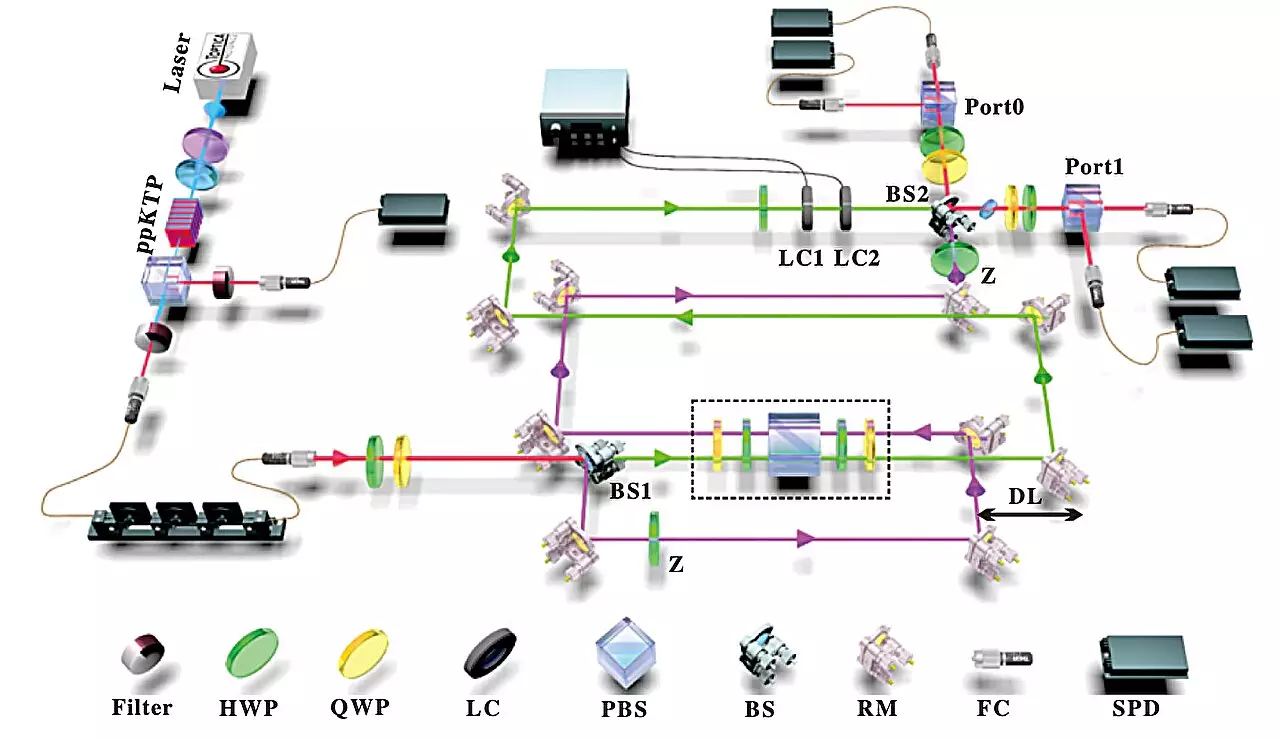Recent research published in Physical Review Letters by a team of scientists from the University of Science and Technology of China (USTC) and the University of Hong Kong has shed light on the concept of time reversal symmetry in quantum evolution. This study challenges the traditional notion that time flows only in one direction and explores the advantages of input-output indefiniteness in characterizing quantum processes.
In the world of quantum mechanics, the laws of physics do not inherently favor a specific direction of time. Both classical and quantum equations of motion are reversible, allowing for valid evolution processes irrespective of the time coordinate system. This concept, known as time reversal symmetry, has opened up new possibilities in quantum information science and experimental quantum technologies.
Despite the theoretical appeal of time reversal symmetry, its experimental implementation poses significant challenges. The research team led by academician Guo Guangcan and his colleagues tackled this problem by constructing a quantum evolution process in a photonic system. By reversing the input and output ports of a quantum device, they were able to simulate time-reversal properties and quantify the evolution time direction.
The team’s innovative approach allowed them to achieve a coherent superposition of quantum evolution and its inverse, showcasing the potential of input-output indefiniteness as a valuable resource in quantum information science. By quantizing the time direction of evolution, the researchers were able to significantly improve quantum channel identification, achieving a 99.6% success rate in distinguishing between quantum channels.
The study’s findings highlight the importance of exploring input-output indefiniteness in quantum evolution for advancements in quantum information and photonic technologies. By leveraging the principles of time reversal symmetry, researchers can unlock new possibilities for quantum simulations, multi-time quantum states, and the inversion of unknown quantum evolutions.
The research team’s work represents a significant step forward in understanding the complexities of quantum evolution and harnessing input-output indefiniteness as a powerful tool in quantum information science. By pushing the boundaries of traditional theories and experimenting with innovative approaches, scientists are paving the way for future breakthroughs in quantum technologies.


Leave a Reply